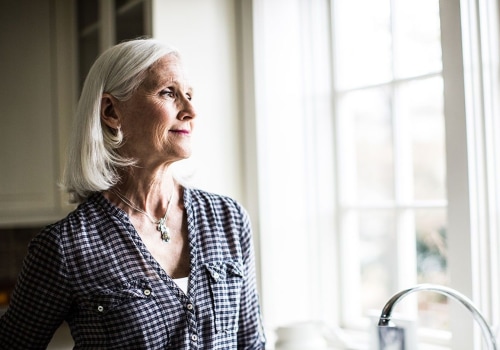As we age, it's important to be aware of the end-of-life care options available to us. While not everyone has the chance to decide where they will die, those who know that the end of life is coming may be able to plan ahead. The three most common places where people die at the end of their lives are at home, in a hospital, or in a care facility. Treating pain and symptoms involves using medications and other therapies, such as massage, acupuncture, and aromatherapy, to provide relief. These symptoms may be related to an illness, such as pain, shortness of breath, or insomnia.
Or they can be side effects of treatment, such as nausea caused by chemotherapy.
Palliative Care
focuses on quality of life and not on length of life, with the goal of providing comfort. It's a holistic approach that combines medical care, ancillary therapy, and mental health support, and can involve the family in the process. Palliative care usually involves a team of professionals that includes doctors, nurses, home health aides, social workers, chaplains, and others. Services may include nursing care, medical supplies and equipment, home health services, respite services (help for the caregiver), medications to control symptoms, and spiritual support. To qualify for hospice, a doctor must estimate a prognosis of six months or less.Treatments aimed at curing the disease or prolonging life are usually not available once a person enters a palliative care facility. If a person wants to receive this type of care, they may need to cancel hospice services. A person can enter and leave hospice as needed. Surprisingly, evidence indicates that people sometimes live longer once they make the transition from curative to palliative treatment. Through the Medicare Care Choices model, 26% of Medicare Medicaid services also offer Medicare beneficiaries an option that allows them to continue with curative treatments while obtaining palliative care.
This is available through a limited number of palliative care providers. It's important for seniors to understand their end-of-life care options so they can make informed decisions about their health and well-being. Knowing what is available can help seniors make sure they get the best possible care when they need it most.




